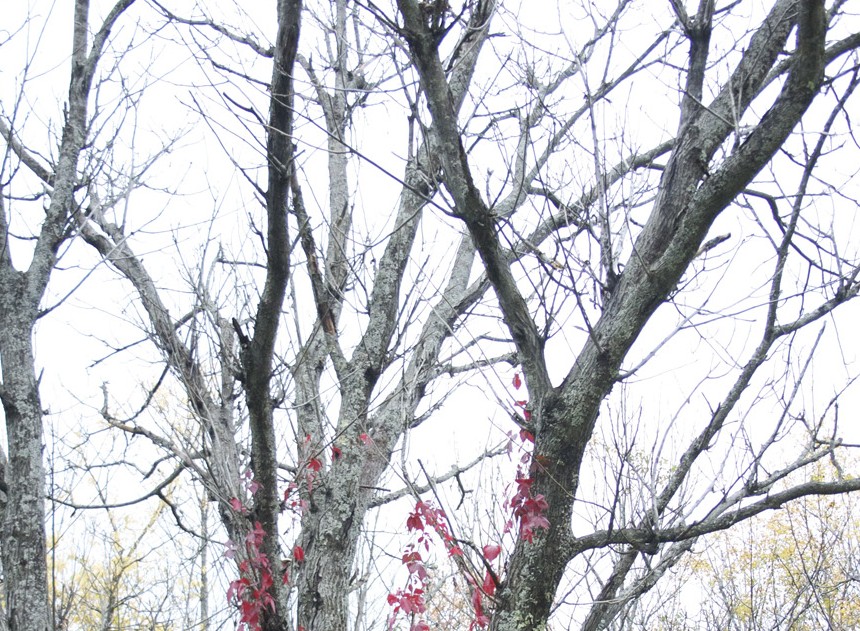Mount Royal, west of downtown Montreal, serves as a vivid contrast to the cityscape. The autumnal leaves, ranging from yellows to fiery reds are reason enough to warrant a visit. Walking under the colourful canopy, a new tool will allow Montrealers to learn more about each tree.
A made-in-Montreal iPhone application called Branché makes information on urban tree species such as the sugar maple, hickory, and red oak easily accessible.
Urban trees can be found alongside city streets, parks and public squares. Trees located on private land owned by residents, businesses and institutions like banks or hospitals are also recognized as urban trees. As of 2011, Montreal has 1.2 million urban trees, 233,000 of which are planted along streets. This number does not include trees on private land.
The city has made a concerted effort to urge Montrealers to learn more about urban foliage. The Montreal Botanical Garden hosts trees that can survive in an urban environment, and La Maison de L’arbre publishes information about how the forest ecosystem works. Branché, created by iEKho communications, fits the city’s objective of spreading arborary knowledge well.
Branché is a free, location-based application compatible with Apple products. It works by accessing the city’s existing inventory of urban trees. When the app is launched, the phone emits a geolocation signal, to locate a real-world object—in this case, a tree. The geolocation signal communicates with the city’s tree database and identifies all the tree species in the vicinity.
The app can also be used interactively to identify an unknown tree in the city.
“The interface encourages interactivity by presenting a dichotomous key,” said Pierre Belec from Soverdi, an organization that assists Montrealers in planting trees. “[This is] essentially, two choices such as ‘is this a deciduous tree or an evergreen tree?’”
After the question is answered, the user is taken to a set of subcategories for further choices. At the end of this process, the tree can be successfully identified. This information is then automatically transmitted to other Montrealers.
As an added bonus, the app can notify the city of a tree that is a victim of a vermin infestation.
“If the resident comes across an ash tree that appears to be unwell, Branché will present a sequence of statements on the screen to either confirm or negate this fact,” said Belec. “If indeed the tree has been infested, a signal can be sent to the city to notify them.”
In recent years in Montreal, the ash tree has been susceptible to the emerald ash borer, a type of beetle that lays its eggs in the tree bark. Branché can be used by conservationists to locate these diseased trees.
One day users may even have the opportunity to express a personal message that is shared when another user comes across the same tree.
“If a private citizen plants a tree on their property, this user can not only upload the tree’s details onto the application but, … can register a poem, a short story or even a dedication,” said Belec.
Silver maples, honey locusts, hackberry, and Siberian elms are just a few of the most common urban trees in Montreal that are easily integrated into Branché. There are still many more unidentified trees that need to be catalogued. With this application you can be a part of this discovery—and maybe even upload a short story or two about your favourite tree.








